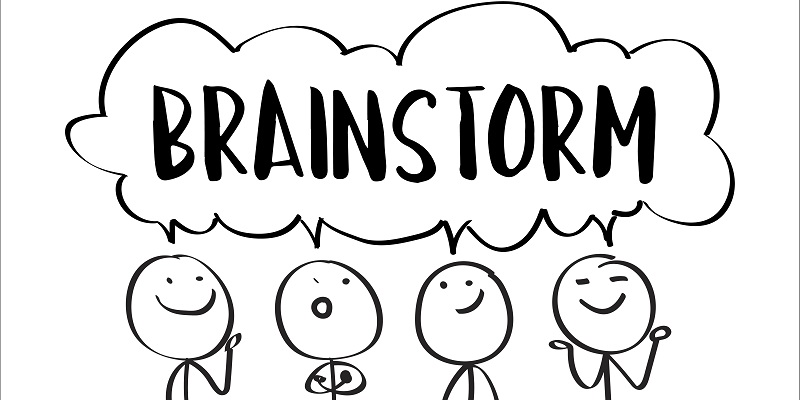Brainstorming is an essential part of content marketing, but doing it wrong can lead to a waste of resources, misaligned strategies, and missed opportunities for innovation. In a recent interview with Carla Johnson, a renowned keynote speaker and author of “Re:Think Innovation,” she warned content marketers against jumping into brainstorming workshops without prior preparation. She highlighted how this omission of critical preparation steps can prevent fresh inspiration and lead to ideas that lack proper audience focus, are misaligned with content strategy, and fall outside execution capabilities.
Johnson developed a groundbreaking approach to generating valuable and viable innovation ideas called the Perpetual Innovation Process (PIP). In simple terms, PIP shifts your team from legacy thought patterns to surface novel ideas and manifests them into actionable marketing. It also helps to avoid the pitfalls of traditional brainstorming.
In this article, we will delve deeper into the Perpetual Innovation Process and explain why it is an effective way to revolutionize your brainstorming and content marketing strategy.
Understanding the Perpetual Innovation Process (PIP)
Carla Johnson created the Perpetual Innovation Process (PIP) as a systematic approach to generate fresh and relevant ideas that align with content strategy, execution, and audience focus. It is a continuous cycle that takes you from ideation to execution while always keeping your content strategy in mind.
The PIP process starts with three basic steps
1. PIP Insight: This involves taking a deep dive into your brand and the value proposition it offers. It could be anything from better customer engagement, to improved brand visibility, to increasing sales. PIP Insight provides a clear understanding of what your brand stands for and how it relates to your audience.
2. PIP Imagination: This is where your team gets creative and starts ideating. It involves taking everything you know about your brand and its audience and turning it into novel ideas. Carla Johnson advises marketers to keep the process structured but not too rigid. Encourage your team to think outside the box while keeping in mind the established goals from the previous step.
3. PIP Implementation: This is the final step where you take your fresh and relevant ideas and turn them into actionable marketing campaigns. In this step, execution is critical, and attention to detail is necessary to ensure an effective campaign.
The benefits of the PIP approach
The Perpetual Innovation Process enables marketing teams to approach brainstorming with a strategic mindset, shifting the focus from creating random ideas to generating ones that contribute real value to the brand.
1. Avoiding Traditional Brainstorming Pitfalls: Traditional brainstorming can lead to the creation of ideas that do not align with brand goals or fail to resonate with a specific audience. The PIP process enables marketers to turn their creativity into actionable campaigns while keeping the focus on content strategy, execution, and audience focus.
2. Realistic Creative Output: Without constraints, such as budget and time limits, anyone can come up with an infinite number of ideas. However, setting realistic boundaries can push our thinking to another level and result in a more realistic creative output. The PIP process adds necessary discipline to creative brainstorming, providing the optimal platform for generating fresh, innovative ideas.
3. Improved ROI: The PIP process helps marketing teams create more effective campaigns that align more closely with the needs and interests of the target audience. This leads to higher engagement rates and increased brand loyalty, resulting in a better return on investment (ROI).
While brainstorming is an essential aspect of a content marketing strategy, doing it right is critical for success. Taking the time to develop a structured approach like the Perpetual Innovation Process can revolutionize the way your team approaches brainstorming, resulting in a more effective content marketing strategy overall.
The innovation professional, Carla Johnson, has developed an approach that enables marketers to generate fresh, relevant, and actionable ideas that align with content strategy, execution, and audience focus. The Perpetual Innovation Process (PIP) provides a systematic approach to brainstorming, avoiding the pitfalls of traditional brainstorming and improving creative output.

